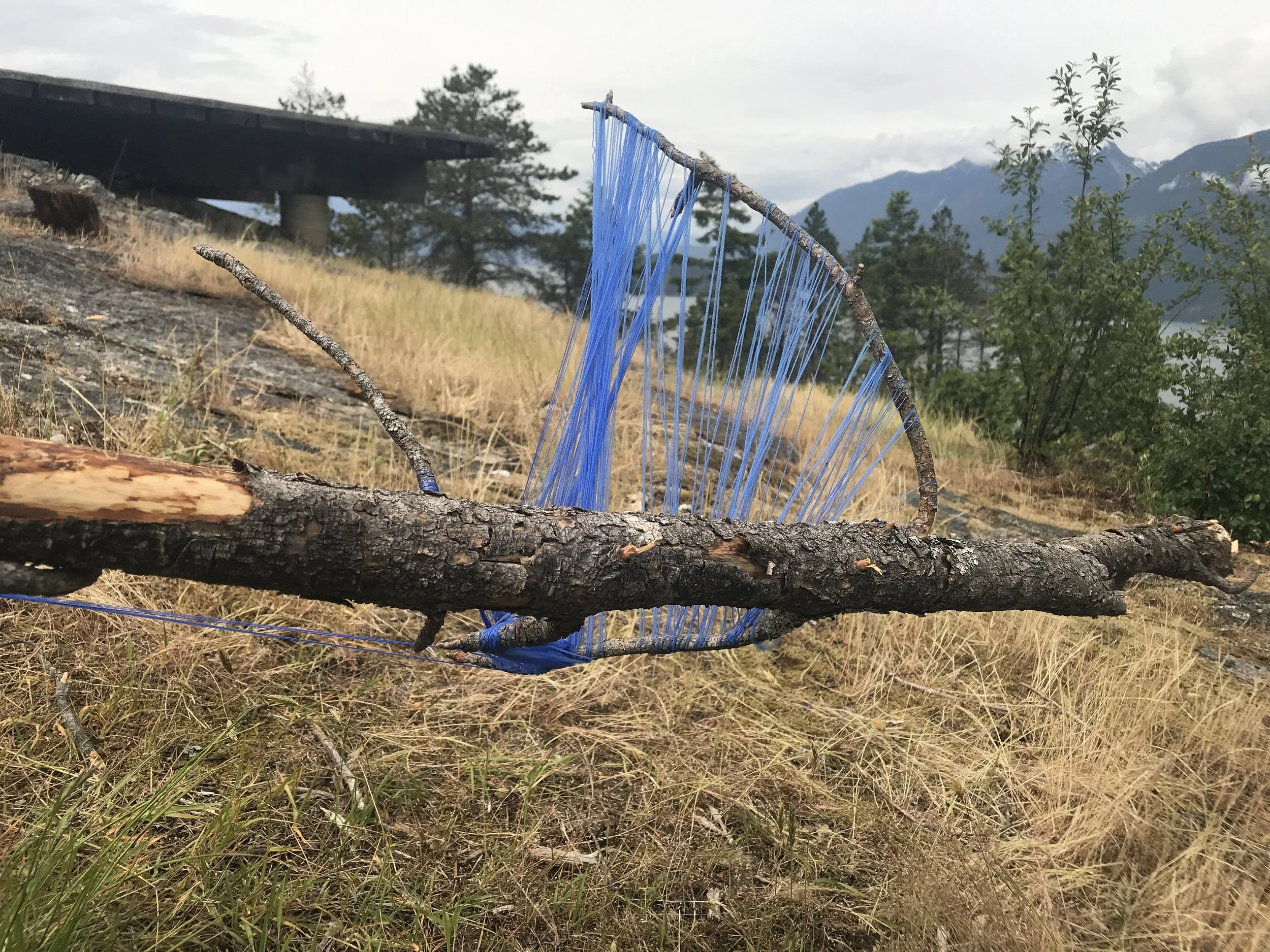









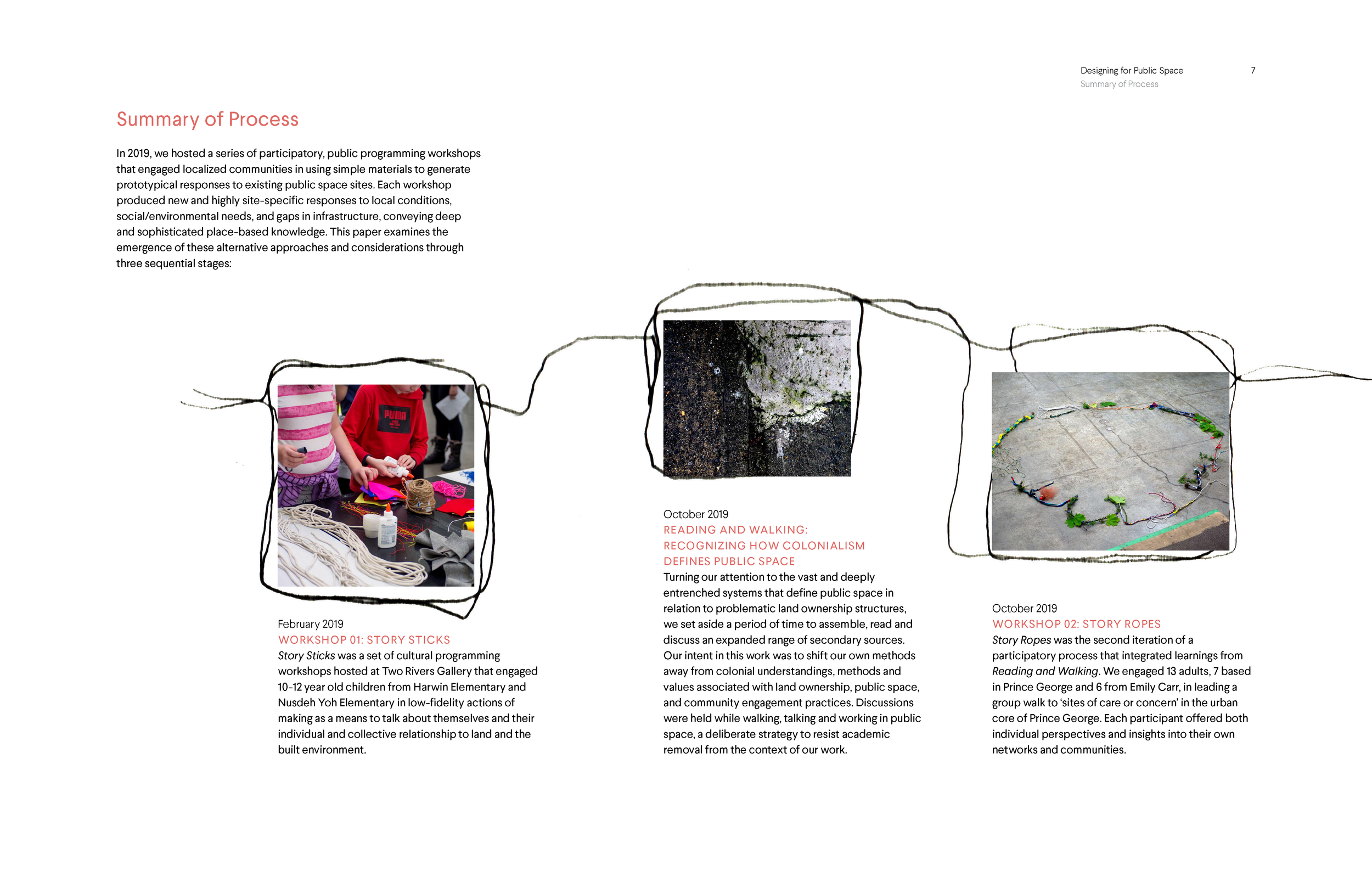


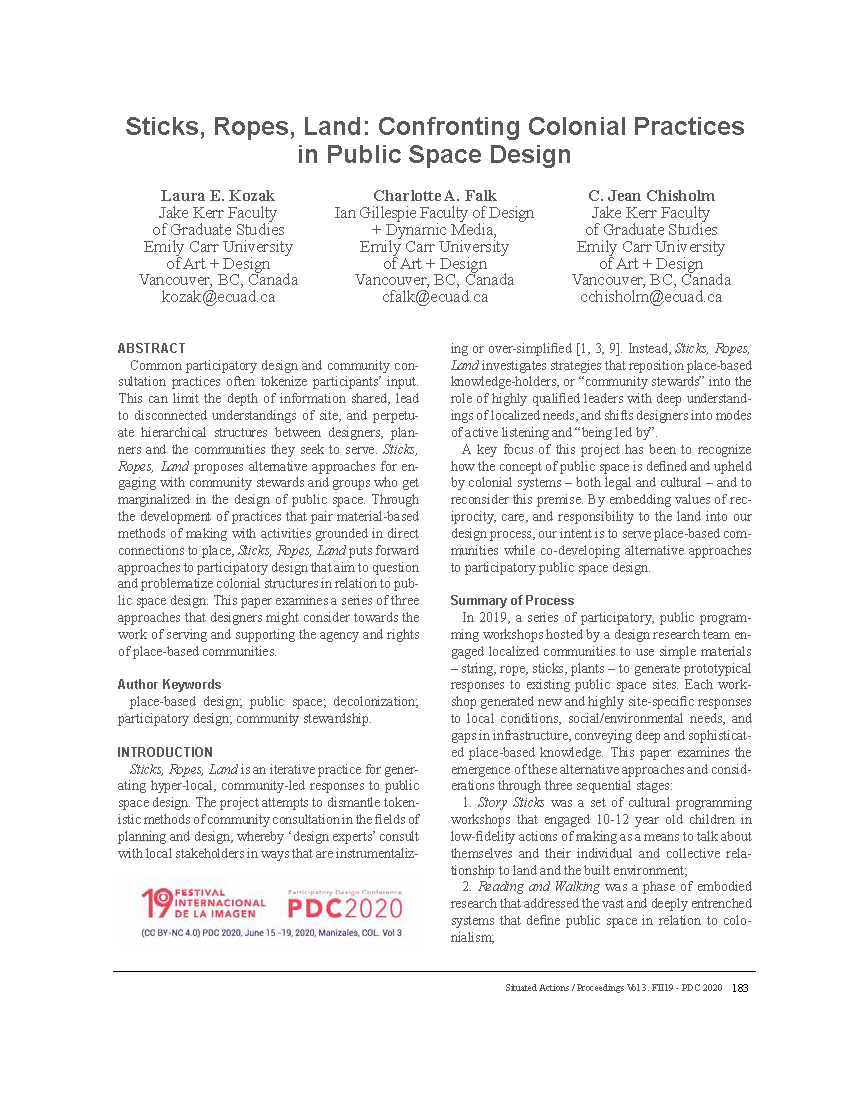






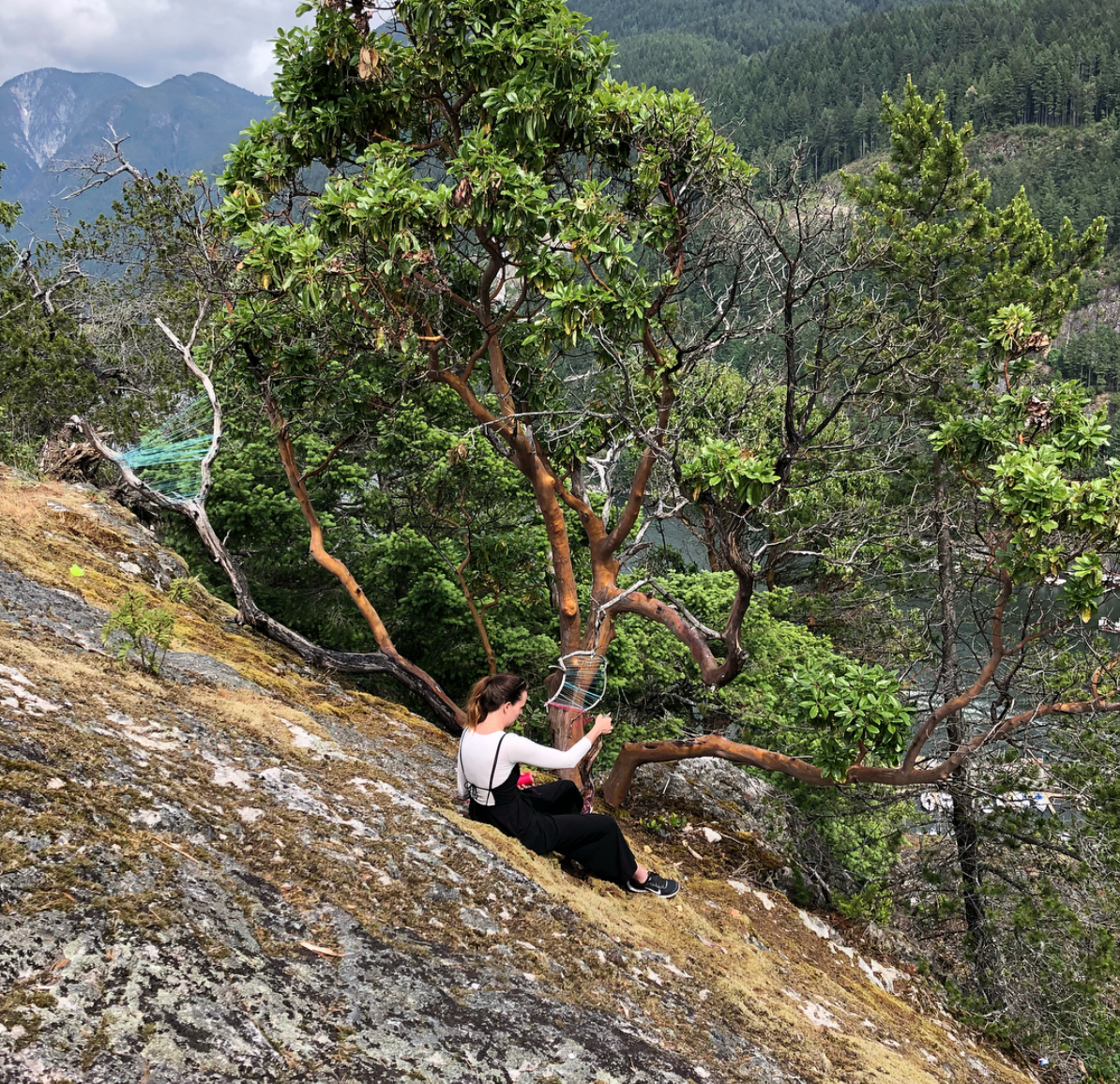


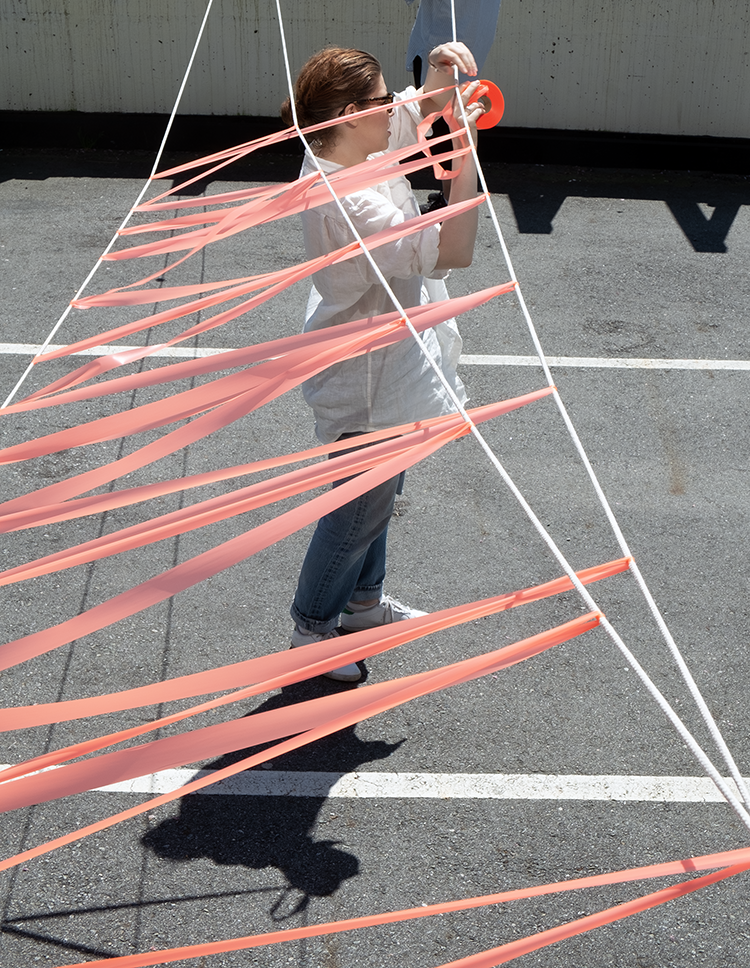









My research, rooted in interdisciplinary design, explores processes across analog and digital domains, spanning dimensions from 2D to 4D. At its core is an investigation into materiality, methodology, tools and technique; foundational elements that shape design processes. My research lens extends to consider sustainable design with emphasis on democratizing design for public spaces, design for more than humans and design as acts of care. Across these themes, I delve into how drawing as thinking and making as thinking, with emphasis on shifting across scales, into rudimentary materials and immersive design processes influence design processes, outcomes and impacts. This research path aligns closely with my teaching philosophy, which underscores the adaptability of design practices across diverse perspectives, aptitudes, and experiences, while also challenging norms, boundaries, and disciplinary constraints.

Design for Biodiversity, a research project led by Dr. Louise St. Pierre, aims to re-frame our relationship with the natural world by integrating the voices of more-than-human beings into a design ethos. Through immersive experiences and inclusive decision-making processes, the project advocates for inclusive practices that honour diverse perspectives and experiences.
A significant aspect of this research project has been integrated into the curriculum for the second-year Industrial Design core studio (INDD 200). In close collaboration with many colleagues, I have taught this course over the past six years (during the active duration of the Design for Biodiversity project and subsequently). Through each iteration, I have maintained a commitment to integrating, testing, and refining the propositions brought forward in the Design for Biodiversity work, within the course structure. This classroom-centered research approach reflects my dedication to integrating and refining research methods within educational contexts.
Over the past two runs of the course, I have forged a new partnership with the City of Vancouver’s Engineering department, their Artist in Residence, local researchers and provincial biologists to facilitate a new focal point for the INDD 200 project: cormorants and their habitats. I was a co-author of “Activating Design for Biodiversity”, published and presented at Pivot 2021 (a Pluriversal Design Conference). Images shown include student work from Fall 2023 of INDD 200, and excerpts from presentation materials for Pivot 2021, in collaboration with Dr. Louise St. Pierre and Zach Camozzi. Paper published 2021. Date: ongoing.

Sticks, Ropes, Land, as part of the broader research project Designing for Public Space, was comprised of a series of investigations into alternative approaches to design research and participatory design. This project, carried out in collaboration with Laura Kozak and Jean Chisholm, through the support of Living Labs and the Shumka Center at Emily Carr University of Art and Design, recognized how the concept of public space is defined and supported by colonial systems, and aimed to reconsider this premise through research and design methods that embed approaches of reciprocity, care and responsibility to the land into our design process. As designers, educators and design researchers, our intent was to establish processes and partnerships that may allow us to serve place-based communities and support changes of approach to designing for public space. Much of the work took place in city of Prince George, on the traditional territory of the Lheidli T’enneh. View the full report here. 2020. This work was presented at Pivot 2020 and PDC 2020.

Sticks, Ropes. Land: Confronting Colonial Practices in Public Space Design was published and presented at PDC 2020, and presented at Pivot 2020. As part of PDC 2020, we also facilitated a virtual workshop expanding upon the concepts of designing for care and resiliency in public space. The following images include some of the prompts put forward during this workshop. All work done in collaboration with Laura Kozak and Jean Chisholm. Completed 2020.

Making Space was a series of participatory workshops funded by the BC Arts Council, with the invitation and collaborative efforts of Arts Assembly. Over the course of three workshops spanning urban to sylvan sites, participants explored how existing site conditions interface with rudimentary materials and individual bodies, resulting in site-specific, temporary design interventions and provocations. This work, expanding upon my thesis research, sought to prompt questions into the ways we might democratize how individuals interface with built and natural environments through hands-on experiments; through co-visioning temporary actions, marks, lines, drawings and structures in space. Photo documentation from the workshop series by myself, Meichen Waxer and Bridgette Badowich. Date: 2018.

Tracing Process//Tracing Telegraph Hill: An Exploration into the Role Intuition Plays in Response to Site Analysis and Representation Throughout the Design Process formed my thesis project in completion of the M. Arch degree at the School of Architecture and Landscape Architecture, University of British Columbia.
This project began with the desire to cultivate an intuitive design process as a means to capture understandings of site; to harness moments of observation and analysis in direct relation to the body, to memory, materials and techniques. Through tracing, both on site and in studio, two-dimensionally and three-dimensionally, my design process exposed both real and projected lines. From there, insights not only about site but also the design process emerge — revealing alternate methods for understanding the potential of built form as it relates to the body and landscape. Completion: 2012.